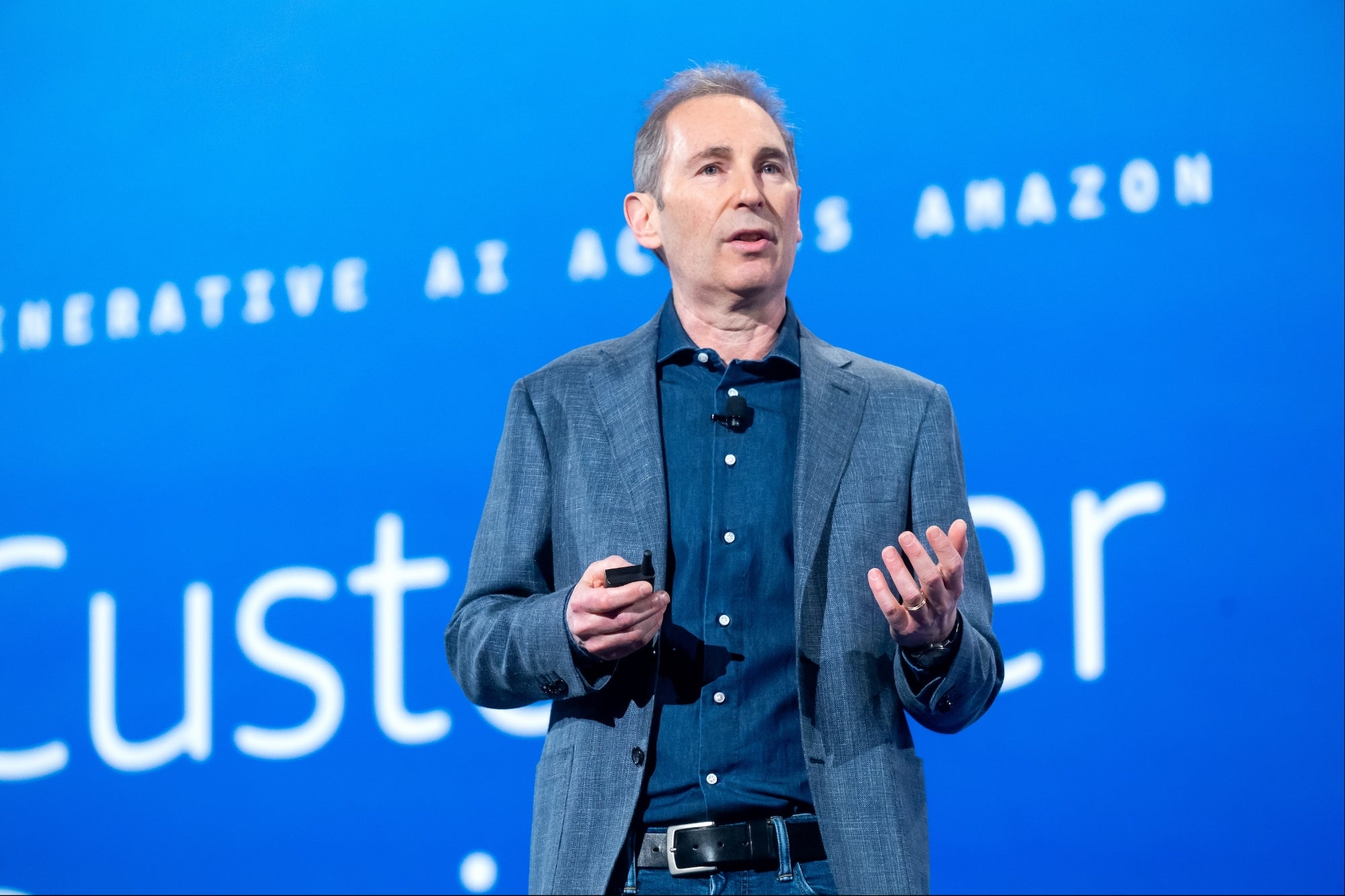Modest Rise in Retail Sales Could Signal Slowdown in U.S. Economy Retail sales rose less than expected in June, the latest sign of sluggish economic growth.
This story originally appeared on Reuters

Retail sales rose less than expected in June, the latest sign of a slowdown in economic growth that offers a cautionary note to the Federal Reserve as it mulls scaling back its monetary stimulus.
A separate report on Monday, however, showed factory activity in New York state accelerating in July, bolstering the view of economists that growth was likely to pick up soon.
Many economists now think GDP expanded at no more than a 1 percent annual rate in the second quarter, but employment growth has been solid and Wall Street still expects the Fed will soon trim the $85 billion in bonds it is purchasing each month.
Related: Jobs Growth Stronger Than Expected, Unemployment Holds Steady
"The disappointing retail sales report underscores the soft end to the first half," said Millan Mulraine, senior economist at TD Securities in New York. "However, what will matter for Fed policy is not the weak performance in the second quarter, but whether spending reaccelerates or remains stuck in the coming months."
Retail sales increased 0.4 percent in June, lifted by demand for automobiles and higher gasoline prices. However, sales of building materials fell by the most in a year, a potentially worrying signal from the housing market.
Households also spent less on electronics and cut back on trips to restaurants and bars.
Retail sales, which account for about 30 percent of consumer spending, had increased 0.5 percent in May and economists had forecast a 0.8 percent increase in June.
So-called core sales, which strip out automobiles, gasoline and building materials and correspond most closely with the consumer spending component of gross domestic product, edged up 0.1 percent after rising 0.2 percent in May.
It suggested that consumer spending, which accounts for about 70 percent of U.S. economic activity, probably slowed sharply from the first quarter's 2.6 percent annual pace.
Related: UPS Cuts Guidance, Troubling Sign for U.S. Economy
Goldman Sachs cut its second-quarter GDP growth estimate by three tenths of a percentage point to 1.0 percent. Barclays trimmed its forecast to 0.5 percent from 0.6 percent.
Stocks on Wall Street were up marginally, drawing support from better-than-expected earnings from Citigroup. U.S. Treasury debt price squeezed higher, while the dollar rose against a basket of currencies.
LIGHT AT END OF THE TUNNEL
The slowdown in economic growth has centered around consumer spending, trade, inventories and manufacturing.
A second report from the Commerce Department showed businesses were carefully managing their stocks to avoid an unwanted pile-up of goods in the face of lackluster demand.
Business inventories rose 0.1 percent in May after a 0.2 percent gain in April, an indication that restocking will be less of a boost to GDP in the second quarter than it was in the first, when it added more than half a percentage point to the growth rate.
But there are hopeful signs for the factory sector.
The New York Fed's "Empire State" general business conditions index rose to 9.46 this month from 7.84 in June. A reading above zero indicates expansion in the region's factory activity.
The survey's measure of new orders rebounded into positive territory, while two employment gauges also improved.
Economists are cautiously optimistic the slowdown in consumer spending will not spill over into the third quarter given the steady improvement in employment, which is starting to generate some growth in income.
Related: Small Business Optimism Grows Despite Stagnant Hiring, Paycheck Size
"When you look at the forward-looking indicators like the income pie and consumer confidence, they all augur for a consumer spending profile that's going to pick up in the second half of the year," said Jacob Oubina, senior U.S. economist at RBC Capital Markets in New York.
Last month, receipts at auto dealerships rose 1.8 percent after advancing 1.4 percent the prior month. Excluding autos, sales were flat after rising 0.3 percent the prior month.
Sales at building materials and garden equipment suppliers fell 2.2 percent, the weakest reading since May last year. They had increased 1.2 percent in May and have been boosted by the housing market recovery.
"This could be a result of the recent run-up in mortgage rates, but we have to wait for more housing data to conclude that this is actually the case," said Lewis Alexander, chief economist at Nomura Securities International in New York.
(Reporting by Lucia Mutikani; Additional reporting by Richard Leong in New York; Editing by Andrea Ricci)










